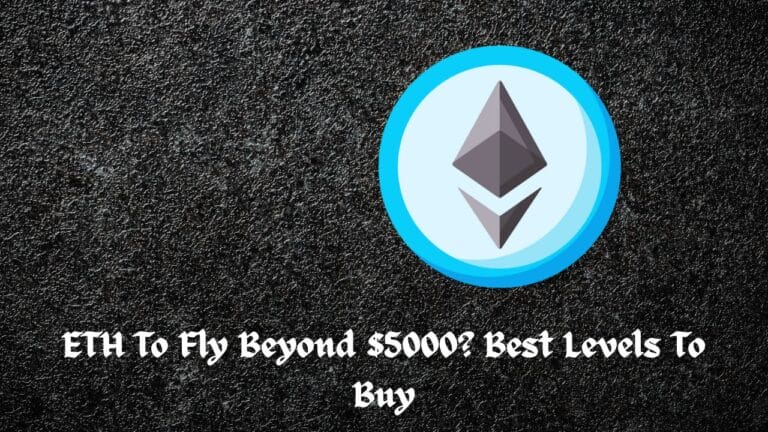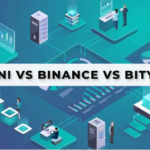Global Digital Finance (GDF) has over 100 global members. In addition, over 350 industry professionals from across the world have already contributed to developing the GDF rules of conduct, the sole global standard in this new sector, according to a press release issued on February 1st.
Inconsistent or misaligned cross-border regulatory guidance was chosen by 45% of members, with 42% citing a lack of clarity on the regulatory perimeter and 33% citing Travel Rule compliance as their top regulatory concerns for 2022.
The U.S., E.U., and the U.K. were also listed as priority jurisdictions in the 2021 compendium review of the global crypto and digital assets market.
Nearly two-thirds of those polled (62%) named the United States their top jurisdiction, followed by 58% who chose the European Union and the United Kingdom, and Singapore in third place.
Stablecoins, DeFi, and data reporting were chosen as priority areas for 2022 by conduct regulators in the GDF’s Regulator Only Forum, a forum of over 25 jurisdictional regulators, compared to the broader GDF Membership, which prioritized DeFi, digital custody, KYC/AML, and crypto and digital asset derivatives.
Lawrence Wintermeye, Executive Co-Chair of Global Digital Finance, stated that during a period of global regulatory uncertainty surrounding cryptocurrency, GDF members had demonstrated their ability to adhere to high conduct standards through the GDF Code and collaborate on cross-industry issues such as meeting FATF travel requirements, AML/KYC/CFT best practises, and shared market surveillance.
“GDF looks forward to greater dialogue and commitment with policymakers, agencies and regulators in our co-regulatory model as the crypto and digital asset sector matures and continues to demonstrate its financial and social utility. Meaningful compliance is the result of committed industry engagement with regulators on the evolving challenges, together with innovative approaches to regulation that meet the demands of new technologies.”
GDF board member and former LabCFTC Chief Jeff Bandman (part of the Commodity Futures Trading Commission) had this to say:
“Regulatory clarity and greater certainty for the crypto and digital asset industry took many positive steps forward in 2021. Through the GDF Regulator Only Forum and our Regulator’s DeFi Knowledge Series, we enable the cross-border, cross-industry dialogue needed to promote sound policies for the global sector. As we progress, industry engagement with regulators is key to balancing consumer protection and new innovation.”
Commissioner Hester Peirce of the Securities and Exchange Commission, a vocal proponent of Fintech innovation, is mentioned in the paper as saying:
“Regulators should be reluctant to stand in the way of technologies people find valuable and enjoyable. What we need are well-grounded, fact-based policies that benefited from a transparent rulemaking process.”
The report advocates for a measured approach to global policy and regulations according to regulators’ priorities and objectives.
“We urge politicians and authorities to use the GDF co-regulation model to interact with the industry even more.”
GDF understands that a booming sector follows rules that are accepted by all participants — standards that enable innovators while safeguarding industry stakeholders such as individual investors. For stability and prosperity, strict standards and rules must be developed.
Internet Platforms in China are Using USDT to Help Chinese Users Trade U.S. Stocks Illegally
According to Caxin magazine, Internet services in China employ USDT to assist Chinese users trade stocks in the United States that they are not permitted to do. There are presently no credible figures available on the number of Chinese investors in the U.S. stock market. According to figures from the U.S. Treasury Department, foreign funds held about 20% of the total value of U.S. stocks, valued at $41 trillion, as of the end of January 2021. The market capitalization of U.S. listed businesses held by Chinese mainland citizens has risen to US$257.035 billion.
Such obvious infractions are easy to discover for authorities, but there is currently no reasonable means to detect more hidden foreign exchange deposit methods. According to sources acquainted with the situation, there have previously been offshore securities companies registered as Alipay merchants, and customers made deposits in RMB under the guise of consumption. Thankfully, foreign exchange management caught it early and put a stop to it. Furthermore, the digital currency stable currency USDT was used to buy and sell U.S. stocks and ETFs in the BISS (currency market) criminal fundraising fraud case previously cracked by Beijing authorities.
A person familiar with the cross-border asset management business told a Caixin reporter that Chinese-oriented US stock platforms could deposit cash in disguise using USDT until recently. “It’s the equivalent of a brokerage with two domestic and international pools.” The RMB pool receives RMB, whereas the USDT pool receives USDT. For example, client A purchases USDT in RMB in China records it in a virtual account outside of China and then sells USDT to China. The offshore virtual account of Customer B, Customer A, is equivalent to having U.S. money. However, it only reflects the RMB transfer between customer A and customer B at the domestic level.
“The funds do not leave the country, but there is actually a foreign exchange action.”










